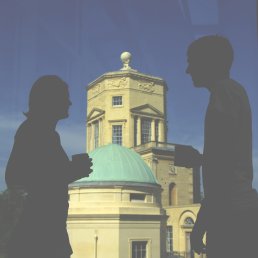Approximation, domination and integration
Abstract
The talk will focus on results of two related strands of research undertaken by the speaker. The first is a model of quantum mechanics based on the idea of 'structural approximation'. The earlier paper 'The semantics of the canonical commutation relations' established a method of calculation, essentially integration, for quantum mechanics with quadratic Hamiltonians. Currently, we worked out a (model-theoretic) formalism for the method, which allows us to
perform more subtle calculations, in particular, we prove that our path integral calculation produce correct formula for quadratic Hamiltonians avoiding non-conventional limits used by physicists. Then we focus on the model-theoretic analysis of the notion of structural approximation and show that it can be seen as a positive model theory version of the theory of measurable structures, compact domination and integration (p-adic and adelic).


